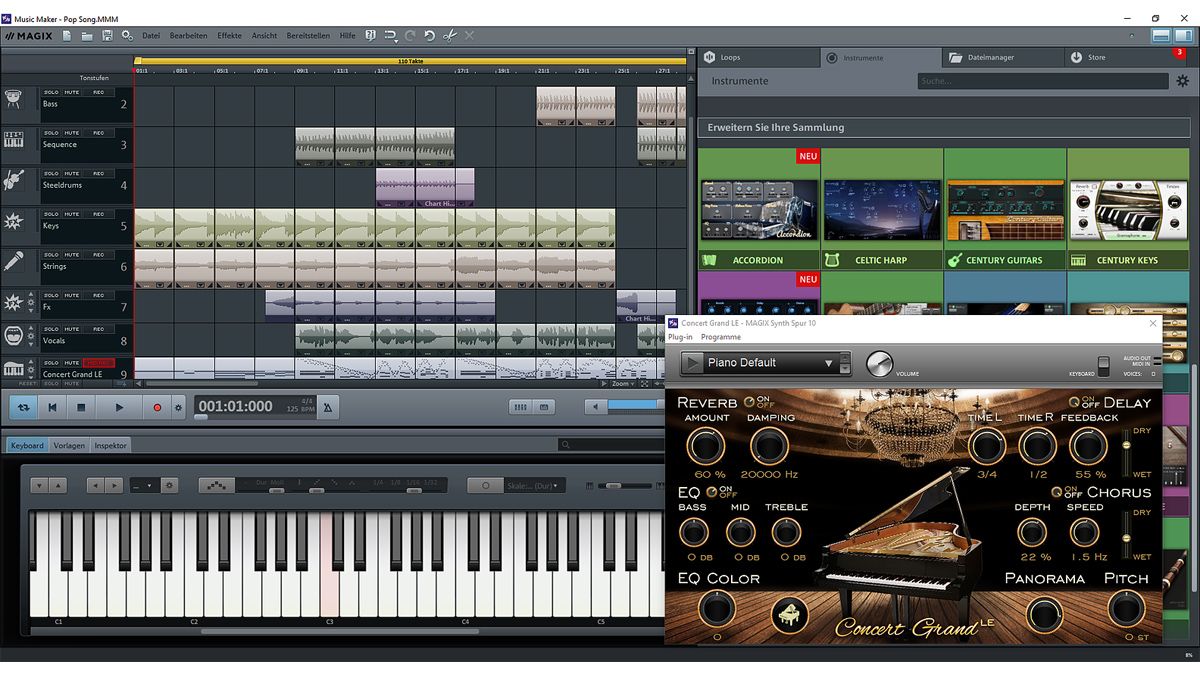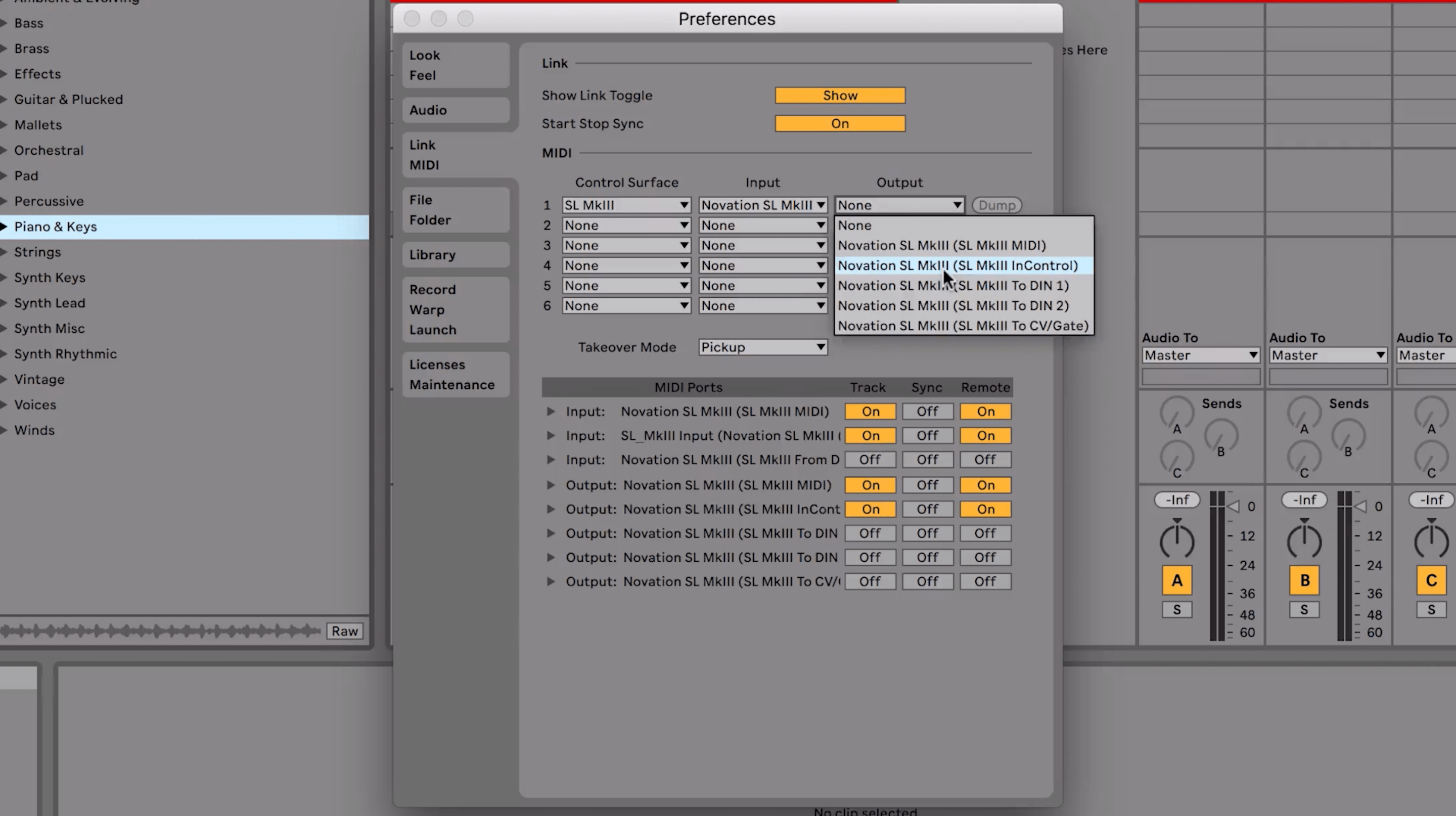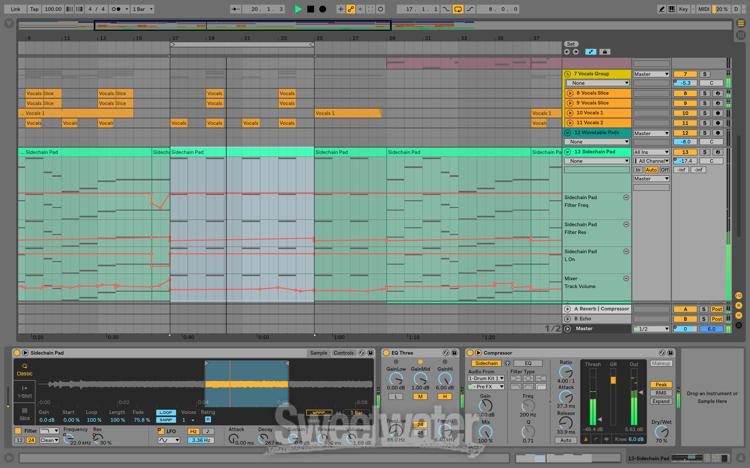

If one per effect isn’t enough, you can use the Max For Live LFO audio effect too, which lets you assign any other parameters to the extra LFO.Īgain, we recommend getting to grips with Live’s bevvy of audio effects before scrambling your brain and diving into the endless third-party plug-in options on the market.

You’ll find them in effects such as Auto Filter, Corpus, and Phaser, among others. LFOs are superb with short note values such as 1/16ths, as well as with long sweeps that last a few bars.
#HOW TO RECORD AUDIO IN ABLETON LIVE 10 MANUAL#
Ableton Live is rich in X/Y controls but it’s also loaded with LFOs that can impart rhythmic movement to selected parameters, can be synced with the project tempo, and can be given a manual rate in hertz to lend them a touch of organic drift. It’s the same with instrument synthesis, the sounds of effect parameters moving are an exciting part of electronic-music production and performance.

It’s amazing to see how far you can take even a live stage set by using key-mapping and a traditional mouse or trackpad. Live performance has always been an Ableton priority too, and Live’s X/Y surfaces, and MIDI and qwerty-keyboard mapping functionality are a major part of that. Even devices built in Max For Live use the same format. Keep on movingĪbleton Live’s reputation as an intuitive DAW is in no small part thanks to the audio effects’ consistent and clear interface – you don’t have to relearn where everything is every time you bring a new effect in. They will have their own pop-up windows, as well as a small device-parameters button on the title bar that reveals a Configure button and allows you to assign MIDI controllers to the plug-in. Third-party plug-ins appear in the Plug-Ins list in the same left-hand browser column. To add one, drag it to any location or double-click and it’ll go into the highlighted track, stacking after any other effects already there. The Live View you’re using at the time makes no difference, the effects parameters will always show up in the detail view at the bottom of the screen.Īudio effects are found in Live’s browser at the left of the GUI.

You can apply master-channel type effects to each group, giving you increased control over the dynamics or EQ of a specific category of sound within the mix. Group tracks can be viewed as an expansion of this. Drum racks and instrument racks can also contain effects (drum racks even have their own send and return slots), and effects applied to the master track will apply to the entire project. You can load multiple effects in each return track, as with any other type, but you’ll still only have one send knob to mix them in as a single entity. There are 12 available return tracks, and each is fed by a send knob that appears in each track as return tracks are added. Add one of Live 10’s effects to a track, and you can use the effect’s dry/wet control to alter how audible that effect is. These are all sensationally good for adding the kind of dirt, grit and outright noise that Live has, until recently, been sorely lacking in. For this tutorial, you can use any version but we’d be remiss not to point out that Live 10 boasts some brilliant new effects, including Pedal (guitar-style distortion), Echo (tape echo), and Drum Buss, which might well become your go-to drum tool. There have been audio effects in every version of Live, including the inaugural edition released in 2001, which didn’t even have instruments.


 0 kommentar(er)
0 kommentar(er)
